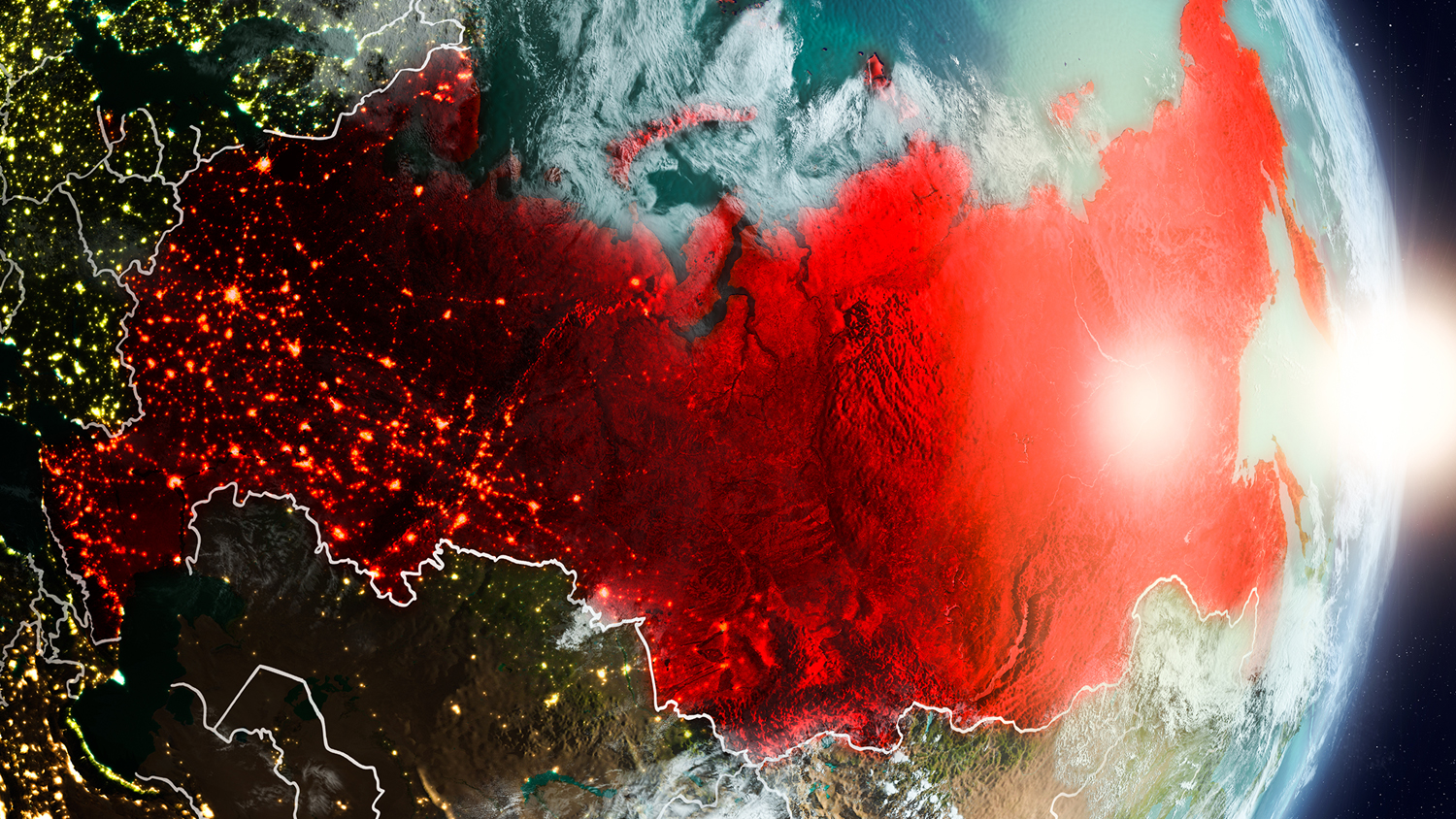
« THE ART OF WAR »
Behind the US attack on Chinese Smartphones
by Manlio Dinucci
After having imposed heavy taxes on Chinese
merchandise - 250 billion dollars - President Trump, at the G-20, accepted a
« truce » by postponing further measures, mainly because the US
economy has been struck by the Chinese retaliation.
But apart from these commercial
considerations, there are also some strategic reasons. Under pressure from the
Pentagon and the Intelligence agencies, the USA forbade the use of Smartphones
and telecommunications infrastructures from the Chinese company Huawei, warning
that they may potentially be used for espionage, and pressured their allies to
do the same.
The warning concerning the danger of Chinese
espionage, especially addressed to Italy, Germany and Japan, countries which
house the most important US military bases, came from the same US Intelligence
agencies which have been spying on the telephone communications of their allies
for years, in particular in Germany and Japan. The US company Apple, at one
time the undisputed leader in the sector, saw its sales doubled by Huawei (a
company owned by its workers as share-holders), which moved up to world second
place behind the South Korean company Samsung. This is emblematic of a general
tendency.
The United States – whose economic supremacy
is based artificially on the dollar, until now the main currency for monetary
reserves and world commerce – has increasingly been overtaken by China, both in
capacity and production quality. The New York Times wrote that « The
West was certain that the Chinese approach was not going to work. All it had to
do was wait. It's still waiting. China is planning a vast global network of
commerce, investments and infrastructures, which will remodel financial and
geopolitical relations ».
This came about above all, though not
entirely, along the New Silk Road that China is currently building across 70
Asian, European and African nations.
The New York Times examined 600 projects
which have been implemented by China in 112 countries, including 41 oil and gas
pipelines, 199 energy centrals, most of them hydro-electric, (including seven
dams in Cambodia which supply half of the country's needs in electricity), 203
bridges, roads and railways, plus several major ports in Pakistan, Sri Lanka,
Malaysia and other countries.
All of this is regarded by Washington as
« an aggression against our vital interests », as declared by the
Pentagon in the National Defense Strategy for the United States of America
2018. The Pentagon defines China as a « strategic competitor which
uses a predatory economy to intimidate its neighbours », wilfully
overlooking the series of wars waged until 1949 by the United States, including
against China, to strip these countries of their resources.
While China is building dams, railways and
bridges, useful not only for its commercial network, but also for the
development of the countries concerned, in the US wars, dams, railways and
bridges are the first targets to be destroyed. China is accused by the Pentagon
of « intending to impose, in the short term, its hegemony in the Indo-Pacific
region, and catch the United States off-guard in order to achieve future global
pre-eminence », together with Russia, accused of wanting to « crush
NATO » and « sabotage the democratic process in Crimea and Eastern Ukraine ».
This is the source of the
« incident » in the Kerch Strait, provoked by Kiev under the command
of the Pentagon, intended to sabotage the meeting between Presidents Trump and
Putin at the G-20 (which is what happened) and force Ukraine into NATO, of
which it is already a de facto member.
« Long-term strategic competition with
China and Russia » is considered by the Pentagon to be a « main
priority ». For this purpose, « we shall modernise our nuclear forces
and reinforce the trans-Atlantic Alliance of NATO ».
Translator: Pete Kimberley
Source: Réseau Voltaire
NO WAR NO NATO
https://www.pandoratv.it/category/opinioni/manlio-dinucci-opinioni/
Manlio Dinucci
Geographer and geopolitical scientist. His latest books are: Laboratorio di geografia, Zanichelli 2014 ; Diario di viaggio, Zanichelli 2017 ; L’arte della guerra / Annali della strategia Usa/Nato 1990-2016, Zambon 2016, Guerra Nucleare. Il Giorno Prima 2017; Diario di guerra Asterios Editores 2018.
No comments:
Post a Comment
Note: Only a member of this blog may post a comment.